Insulation Tips
Topping up Insulation
If your ceiling has no insulation, then installing even a relatively low R-Value such as R2.5 ceiling insulation will make a considerable difference to indoor temperature stability.
Existing insulation in the ceiling space?
The situation is quite typical. The house you moved into years ago was supposedly insulated long before there was any talk of a government rebate. But you don’t feel it’s so effective, so one day you grab a torch and a ladder and pluck up enough courage to stick your head up through the manhole and into the ceiling space and have a look around. If the house was insulated several decades ago, then even what might have been considered a good quality product at the time, might now be delivering less thermal benefit than it was originally specified to deliver.
The compression-over-time factor
Blow in insulation, wool insulation, paper insulation and most other types of bulk insulation will settle and compress over time. Why does this matter? Insulation is full of tiny air-pockets. The more the insulation is compressed, the less effective it becomes in reducing the transfer of heat, i.e. the effective R-Value is reduced. So what may have been sufficient 20 or 30 years ago, might no longer be performing as it was designed to do, especially considering the spike in electricity prices in more recent years.
What to do with the old insulation?
If cost was not a factor, then the advice would always be to vacuum out the entire roof space, and install new clean insulation batts, which can reasonably be expected to last as long as the house itself. However for most households, costs is of course a very real factor, and the cost of getting in a professional company to vacuum out the roof space will often exceed the cost of installing new insulation. Before deciding whether to top up existing insulation with new insulation, consider the following points:
- All old insulation will have some R-Value
- Old insulation is typically extremely dusty and will often smell
- How much effective R-Value it still has will depend on how well it was installed originally, and how much it has compressed over time.
- It’s more difficult to get a neat finish when topping up old insulation with new insulation
- New insulation (at least the brands we sell) does not attract vermin, however many older insulation types do become nests for vermin.
Summary – topping up existing insulation
If your house currently has a properly installed and quality insulation in the ceiling, but it requires a higher R-Value, then topping up with an additional layer of thermal insulation may be a viable alternative. On the other hand if what has been installed in the past is of a very poor quality, and in addition is distributed unevenly, then we definitely recommend you to consider cleaning out the ceiling and replacing it with new insulation in the required R-Value. Insulation types and costs vary. Contact us today to discuss your options.

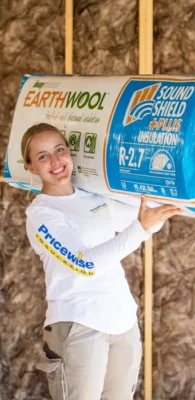
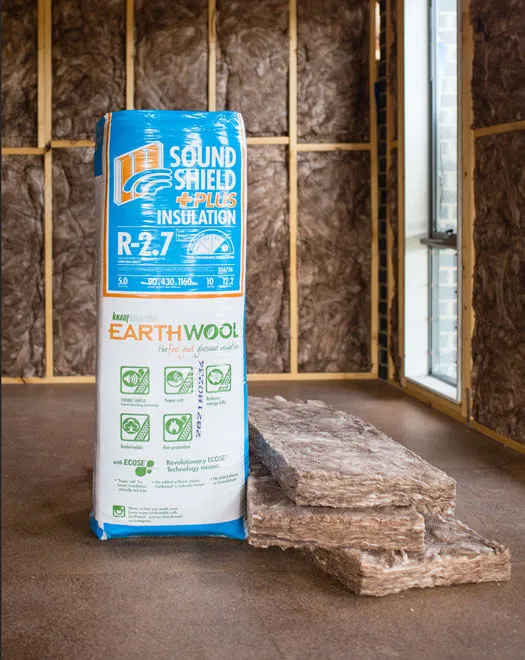
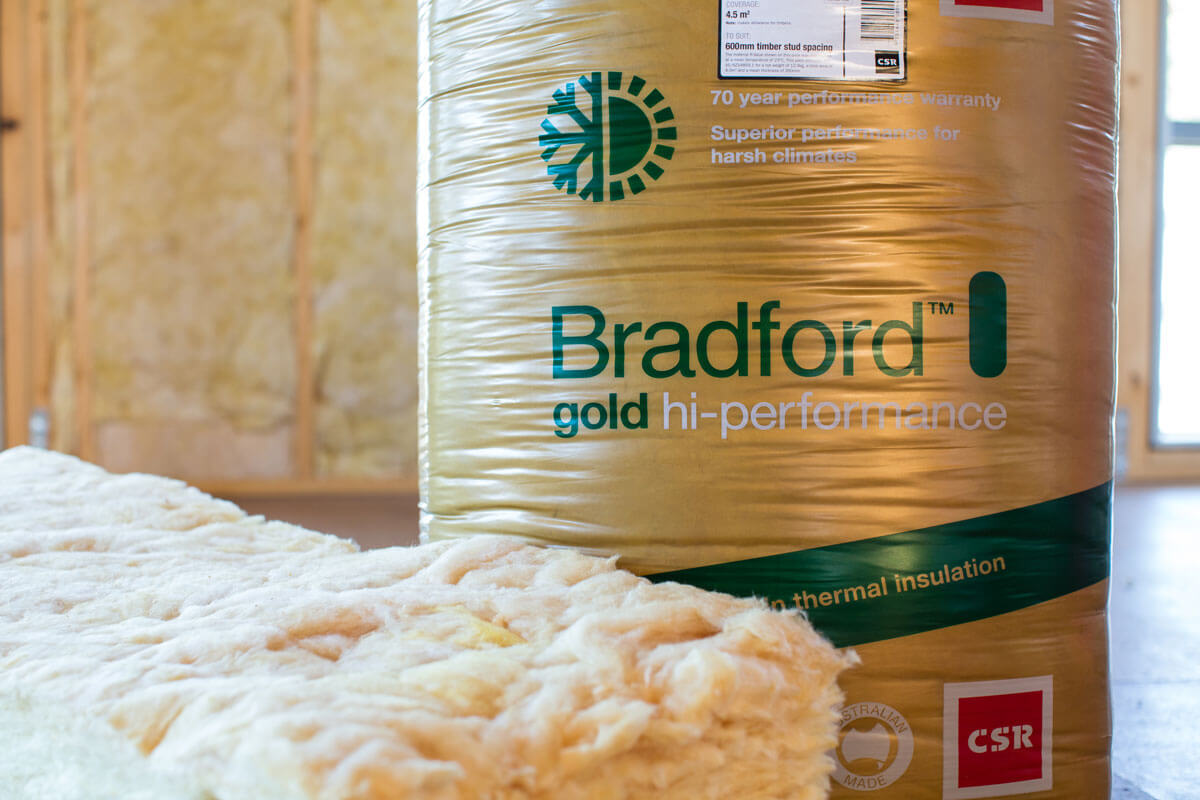
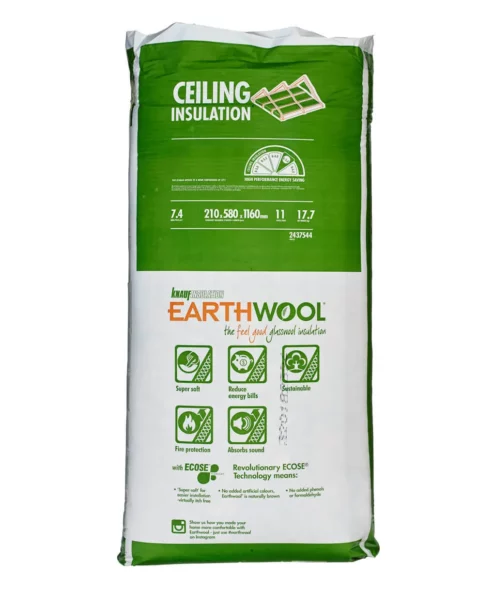
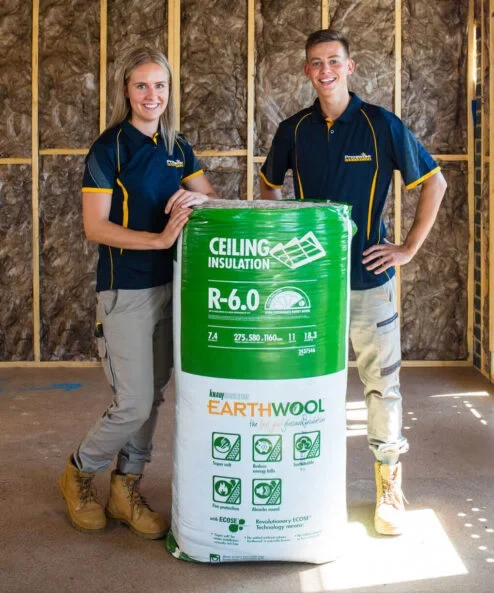
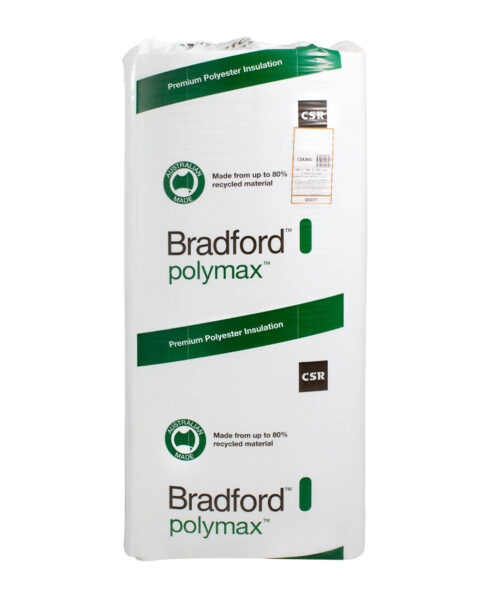
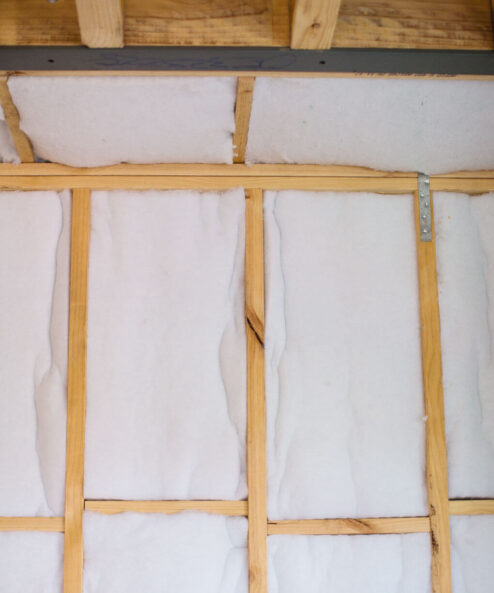

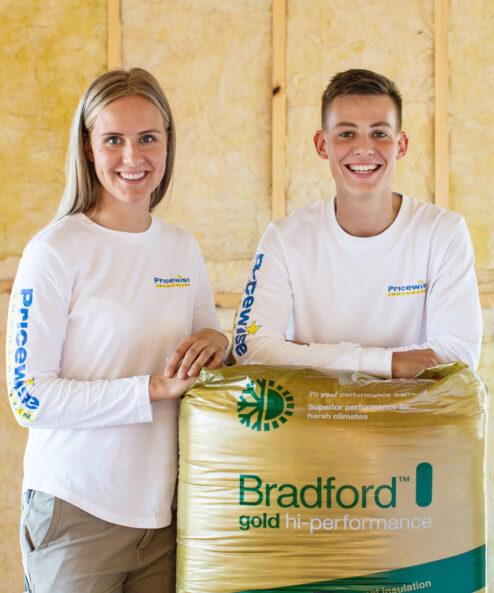
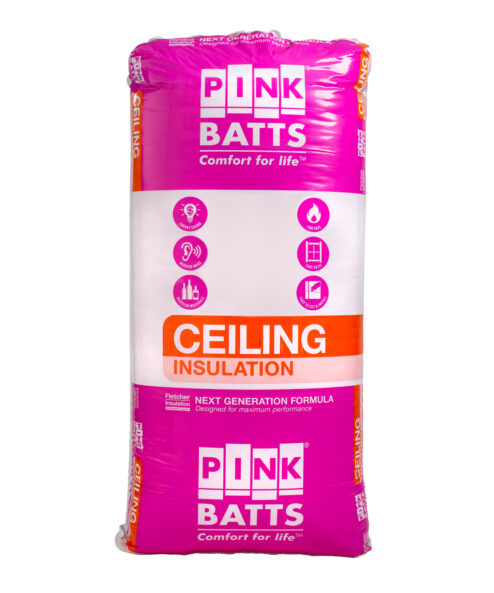
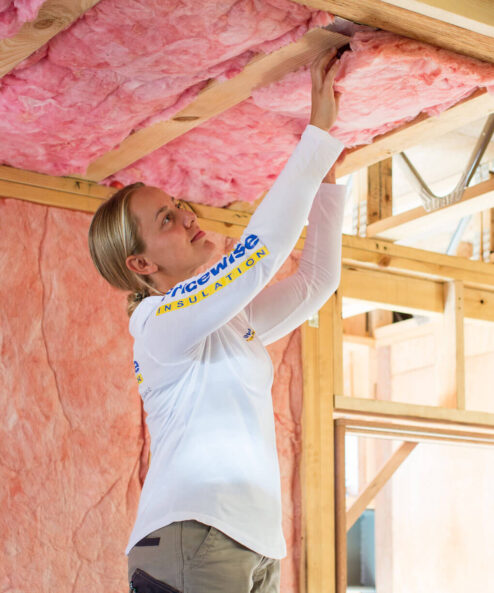
I’ve been trying to figure out what I should do to get my new insulation installed. I didn’t know that insulation compresses over time! I’ll be sure to keep that in mind when I put it in so I don’t have too little. Thanks for sharing!
Yeah, there is no doubt that whatever insulation my house is using is super old. I definitely dream of being able to vacuum out the old kind and replacing it with modern insulation. When I look at my bills, I can feel the sting.
Ours is pretty old so we’re looking into fixing things up. Happy to come by this post as it’s very informative and great points you’ve shared that I’ve kept into mind. There are so many things to consider before making the decision so this would be a great guide for us. Many thanks.